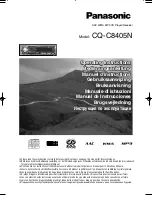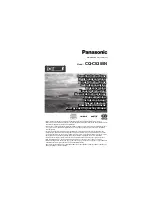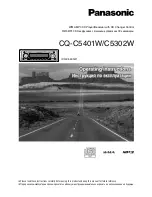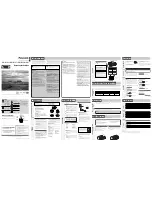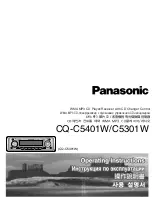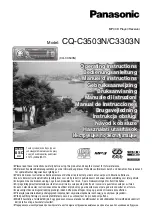
EN
7
typically vertical and horizontal and at different angles (see Receiver Installation
below). The remote receiver antenna should be mounted in a position
perpendicular at least 2 inches away from the main receiver’s antenna
using double-sided foam tape.
Receiver Installation in Aircraft
In gas and glow aircraft install the main receiver using the same method you
would use to install a conventional receiver in your aircraft. Typically, wrap the
main receiver in protective foam and fasten it in place using rubber bands
or hook and loop straps. Alternately, in electric airplanes or helicopters, it’s
acceptable to use thick double-sided foam tape to fasten the main receiver in
place. The AR9010 requires at least one remote receiver to operate. Mounting
this remote receiver in a slightly different location, even just inches away
from the primary receivers, gives tremendous improvements in path diversity.
Essentially, each receiver sees a different RF environment and this is key to
maintaining a solid RF link, even in aircraft that have substantial conductive
materials (e.g. larger gas engines, carbon fiber, pipes, etc.), which can weaken
the signal. Using servo tape, mount the remote receiver keeping the remote
antennas at least 2 inches away from the primary antennas. Ideally, the
antennas will be oriented perpendicularly to each other. In airplanes, we’ve
found it best to mount the primary receiver in the center of the fuselage on
the servo tray and to mount the remote receiver to the side of the fuselage
or in the turtle deck. A second remote receiver can be added for additional
RF link security.
In helicopters, there is generally enough room on the servo tray to achieve
the necessary separation. If necessary a mount can be fashioned using clear
plastic to mount the remote receiver.
Summary of Contents for AR9010
Page 1: ...1 AR9010 User Guide...
Page 71: ...IT 71...























